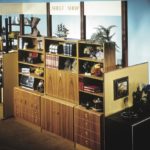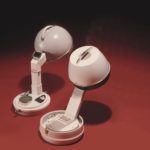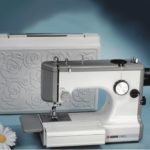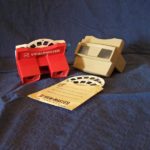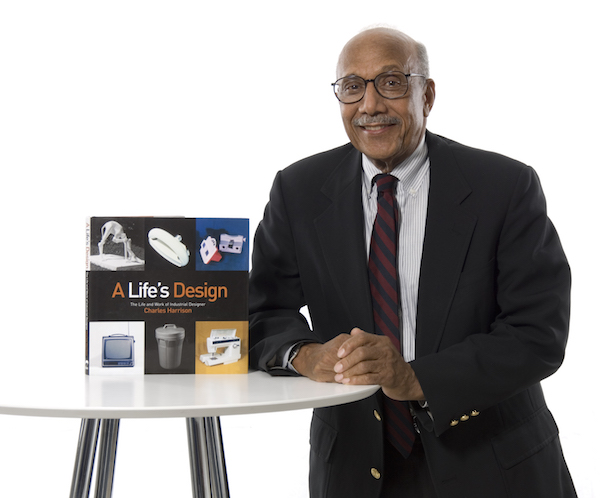
Image: Rob Tarpey, 2008
Cooper Hewitt remembers industrial designer and educator Charles Harrison, winner of the 2008 National Design Award for Lifetime Achievement, who passed away on November 29 at the age of 87. A prolific designer, Harrison created hundreds of pleasing, easy-to-use household products during his 32-year career with the retail giant Sears, Roebuck and Company.
According to Harrison, his earliest influences were his mother, a homemaker, and his father, a carpenter and teacher of industrial arts. Harrison went on to study at The School of the Art Institute of Chicago, earning a BFA in Industrial Design in 1954, and 9 years later, an MA in Art Education from the Institute of Design. After a stint in the military in the 1950s, he returned to Chicago, working for small design firms and freelancing. As an African American, Harrison found it difficult to find a permanent position in design at that time. He started to do freelance design work for Chicago-based Sears, Roebuck and Company, where he was eventually hired as a staff designer in 1961. He rose to become the company’s chief of design. Harrison designed across multiple consumer product categories and was responsible for more than 750 products: from a wheeled trash bin to shavers, sewing machines, and other home appliances.
Harrison was also the anonymous designer behind the modern View-Master, the now ubiquitous children’s toy. The device for viewing images in three dimensions was introduced in 1939; the inventors’ original bulky model becoming a specialty item for photographers. In 1958, Harrison was hired to redesign the View-Master for easier, less costly manufacture, and to update its form. Harrison’s modernized, more appealing View-Master took off. It was inexpensive enough for middle-class consumers to buy as an entertaining and educational toy for their children. The View-Master became a fixture in American households throughout the second half of the 20th century, its slide disks stocked with images ranging from scenes of American national parks to popular cartoon characters.
While the View-Master may be Harrison’s best-known product, he was proud of his design for the first plastic trash bin. Prior to this creation for Sears, trash cans were made of metal—heavy and loud. By 1963, developments in plastics manufacturing prompted Harrison to investigate the idea of molding a large receptacle in polypropylene plastic. Harrison’s subsequent design lightened the can, changed it to a modular, rectangular shape and added wheels for mobility. It became the preferred form, a type still used in urban and suburban settings throughout the country.
A hallmark of Harrison’s designs were the ideas of clarity and simplicity, partly influenced by his own dyslexia. He strove to make the products he designed intuitive, their function and the way they worked obvious, so users were not dependent on reading instructions. Harrison said of his vocation, “Design is a process, not necessarily a product or a picture…. A process of thinking through or solving a problem.” Read more about Harrison’s legendary designs in this excerpt from A Life’s Design: The Life and Work of Industrial Designer Charles Harrison.

